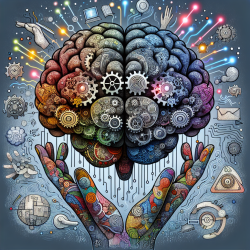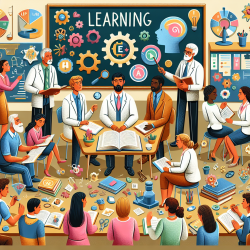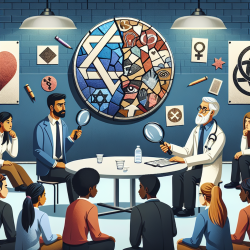Unlocking the Mysteries of Consciousness: What Brain Organoids Teach Us
The rapid advancements in human brain organoid technologies have opened up new avenues for understanding consciousness. While these miniaturized brains are not conscious yet, they provide invaluable insights into the complexities of brain function and development. This blog explores how practitioners, especially those involved in speech language pathology and child development, can leverage these findings to enhance therapeutic practices.
Understanding Brain Organoids
Brain organoids are three-dimensional cultures of neural cells derived from pluripotent stem cells. They mimic some features of the brain's organization and development, making them a powerful tool for research. However, despite their impressive capabilities, brain organoids are not conscious. They lack the structural and functional complexity of a fully developed brain.
Implications for Therapy
While brain organoids are not conscious, they offer valuable insights into neural development and connectivity. For practitioners, this research can inform therapeutic strategies in several ways:
- Understanding Developmental Disorders: Brain organoids can model neurodevelopmental disorders, providing insights into conditions such as autism and ADHD. This understanding can guide the development of targeted interventions.
- Enhancing Neuroplasticity: By studying how brain organoids develop and adapt, practitioners can design therapies that enhance neuroplasticity in children, promoting better outcomes in speech and language development.
- Innovative Therapeutic Approaches: The study of brain organoids encourages innovative thinking in therapy design, pushing the boundaries of traditional approaches and integrating new technologies.
Encouraging Further Research
The field of brain organoids is still in its infancy, and there is much to learn. Practitioners are encouraged to stay informed about the latest research and consider how these findings can be applied in therapeutic settings. Collaboration with neuroscientists and participation in interdisciplinary research can lead to breakthroughs in therapy and child development.
To read the original research paper, please follow this link: Why brain organoids are not conscious yet.










